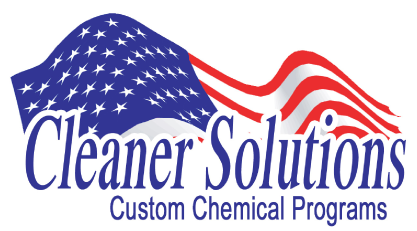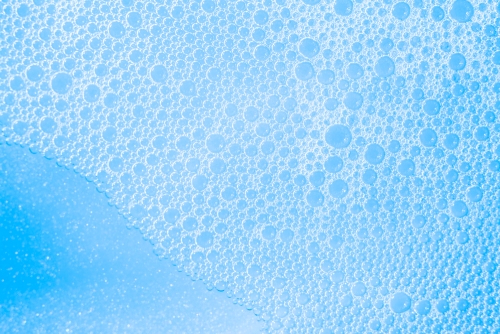What Is Foam and Its Purpose?
Foam is bunch of tiny bubbles created by foaming agents. But you also need water and air to make foam. The true purpose of foam is to provide contact time on a soiled surface to allow the wetting agents, detergents and degreasers enough time to do their jobs.
Foam and Its Cleaning Ability
If you watch television advertisements, they’ll frequently compare the amount of foam in a cleaning product to another to prove that it’s superior. Also, they’ll commonly say or imply that the amount of foam reflects the cleaning ability of a product.
So, an important question to ask is, does foam directly relate to how well the product cleans?
The answer is no. The amount of foam has almost no effect on the cleaning ability of the product. Having a lot of foam isn’t vital for actually doing the cleaning, it’s mostly for aesthetic.
In fact, in some cases, the presence of foam will reduce the ability to clean. The perfect example here is an automatic dishwasher, whether at home or a restaurant, in a dishwasher, foam is a bad thing and will give you poor results.
The only time foam comes into play while you’re cleaning is when you’re trying to clean a vertical surface or if you have a need to see where the detergents have been applied. For example, if you try to clean a wall or 18-wheeler truck with a vertical surface, you’d need foam to clean. The foam clings to the wall or the side of the truck and runs down the truck slowly. This allows the detergent time to do its job. In a food processing plant, they use a lot of foam to make sure they can see that the entire area, including all the nooks and crannies, get some detergent applied. In other words, the foam is the indicator.
Negative Effects of Foam
In addition to knowing that foam is not directly related to how well a product cleans, you should also know other negative effects of foam. Foam can be your enemy! Here’s why:
- The more foam there is, the harder it is to rinse what you’re cleaning, thus increasing the amount of time spent washing items.
- When using foam in a dishwasher, the foam creates air pockets making you lose pressure in the cleaning process. The foam forms bubbles around the pump impeller, which commonly prevents the water from hitting the dishes, therefore hindering the cleaning process.
- When using foam in a laundry machine you can easily have too much foam that overflows after it agitates.
- Foam can be more expensive and less effective than other cleaners.
- Generally, more money within a product is spent on the foam than the cleaner itself. If they took the same compound and left out the foam it would’ve worked exactly the same but would’ve cost less money to produce.
- A foaming agent in a store brand manual dishwasher detergent is more of a marketing tool than it is a cleaning tool.
The Biggest Take Away
Make sure you’re not fooled by TV marketing. Instead, make sure you’re purchasing high quality products that clean all areas of your kitchen well.


